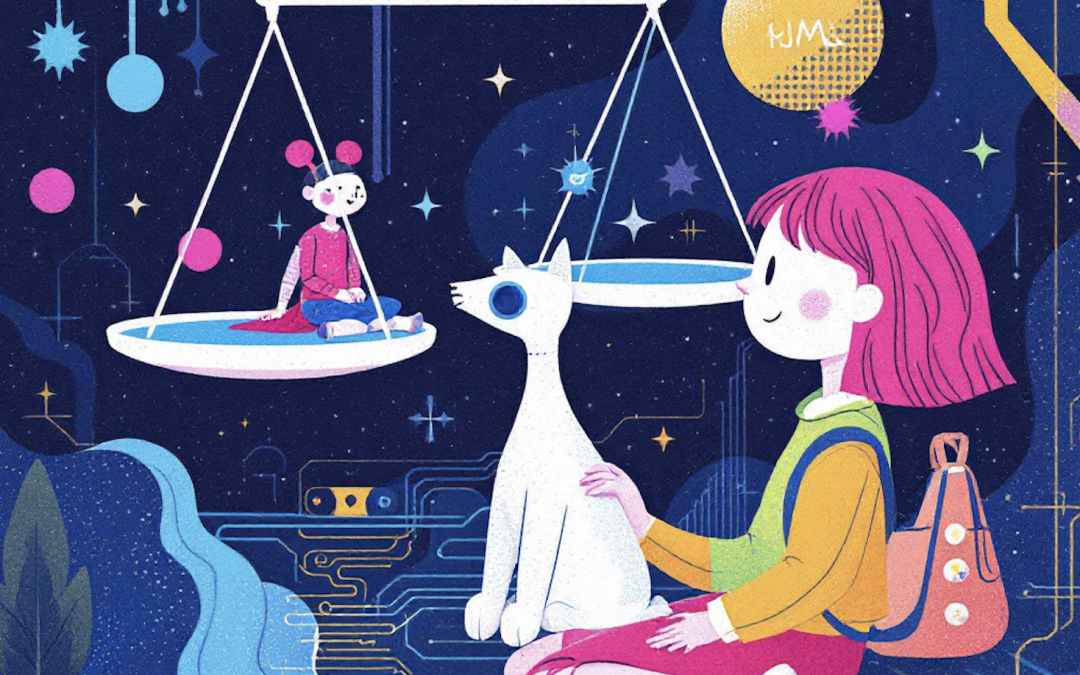In today’s rapidly evolving workplace, Artificial Intelligence (AI) is revolutionizing Human Resources practices. Yet, as organizations rush to embrace these powerful new tools, a crucial question emerges: How do we maintain the human element that lies at the heart of HR? The answer lies in finding the sweet spot between technological efficiency and human empathy—a balance that’s becoming increasingly critical as AI systems become more sophisticated.
The Ethics of AI in Modern HR
The integration of AI into HR processes represents both a tremendous opportunity and a significant responsibility. While AI can streamline recruitment, enhance retention strategies, and optimize performance management, it also introduces complex ethical considerations that every organization must carefully navigate.
Consider the challenge of bias in AI systems. These tools are trained on historical data, which often reflects past discriminatory practices and societal inequalities. An AI recruitment system trained on a company’s historical hiring data might inadvertently perpetuate existing workforce imbalances, favoring certain demographics over others. This isn’t just a theoretical concern—it’s a real challenge that organizations must actively address to ensure fair and equitable HR practices.
Privacy presents another critical ethical dimension. HR departments are custodians of incredibly sensitive personal information, from salary details to health records and performance evaluations. As AI systems process and analyze this data, organizations must implement robust safeguards to protect employee privacy while maintaining transparency about how their information is being used.
The “Human in the Loop” Approach: More Than Just Oversight
The solution to these ethical challenges lies in what’s known as the “human in the loop” approach. This isn’t simply about having humans oversee AI decisions—it’s about creating a symbiotic relationship between human insight and artificial intelligence.
Imagine a performance review process where AI analyzes patterns in employee productivity data, communication metrics, and project outcomes. While this analysis can provide valuable insights, it’s the human HR professional who can contextualize these findings within the broader picture of an employee’s growth, challenges, and potential. They can consider factors that AI might miss—like a team member who shows leadership potential through informal mentoring of colleagues, or someone who’s dealing with personal circumstances that temporarily affect their performance.
Designing AI Systems with Empathy in Mind
The key to successful AI integration in HR lies in designing systems that complement rather than replace human empathy. This starts with the development process itself. AI tools should be created with input from diverse stakeholders, including HR professionals, employees from various backgrounds, and ethics experts. This collaborative approach helps ensure that the resulting systems reflect a broad range of perspectives and experiences.
Furthermore, these systems should be designed to flag situations where human intervention is crucial. For instance, an AI-powered employee assistance program might identify patterns suggesting employee burnout, but it’s the human HR professional who can reach out with the appropriate level of understanding and support.
Freeing Up Time for Meaningful Human Connections
One of the most powerful benefits of AI in HR is its ability to handle routine administrative tasks, creating space for more meaningful human interactions. When AI manages scheduling, documentation, and basic query responses, HR professionals can focus on the aspects of their role that truly require human touch—coaching, conflict resolution, career development discussions, and building organizational culture.
This shift in focus can transform the HR function from a primarily administrative role to a strategic partner in employee development and organizational success. For example, instead of spending hours processing leave requests or generating standard reports, HR professionals can dedicate time to understanding employee needs, developing targeted wellness programs, or creating more effective leadership development initiatives.
Building Trust Through Transparency
Transparency is crucial when implementing AI in HR processes. Employees need to understand how AI systems are being used, what data is being collected, and how decisions are being made. This openness helps build trust and acceptance of AI tools while ensuring accountability.
Organizations should establish clear communication channels where employees can ask questions about AI systems and voice concerns about their implementation. Regular updates about how AI tools are being used, what safeguards are in place, and how they’re improving HR processes can help maintain transparency and build confidence in the system.
Training and Development: A Two-Way Street
The successful integration of AI in HR requires ongoing training and development—not just for HR professionals learning to work with AI tools, but also for the AI systems themselves. HR teams need regular training on new AI capabilities, ethical considerations, and best practices for maintaining the human element in their work.
Similarly, AI systems should be continuously updated with new data and refined based on feedback from both HR professionals and employees. This iterative process helps ensure that the technology remains aligned with organizational values and evolving workplace needs.
Looking Ahead: The Future of Human-AI Collaboration in HR
The future of HR lies not in just choosing between human touch and artificial intelligence, but in leveraging the strengths of both. AI can process vast amounts of data to identify patterns and trends, while human HR professionals provide the emotional intelligence, ethical judgment, and contextual understanding that machines cannot replicate.
As AI technology continues to evolve, the role of HR professionals will become increasingly focused on strategic, empathy-driven aspects of people management. This evolution represents an opportunity to create more humane, effective, and equitable workplaces—provided we maintain the right balance between technological capability and human insight.
The successful organizations of tomorrow will be those that master this balance, using AI to enhance rather than replace the human element in HR. By maintaining strong ethical frameworks, emphasizing transparency, and prioritizing human connection, organizations can create HR practices that are both highly efficient and deeply human.
Keywords: AI ethics, human in the loop, AI in HR, ethical HR practices, AI and empathy, HR technology, data privacy in HR, bias in AI, AI transparency, employee engagement AI.


Recent Comments